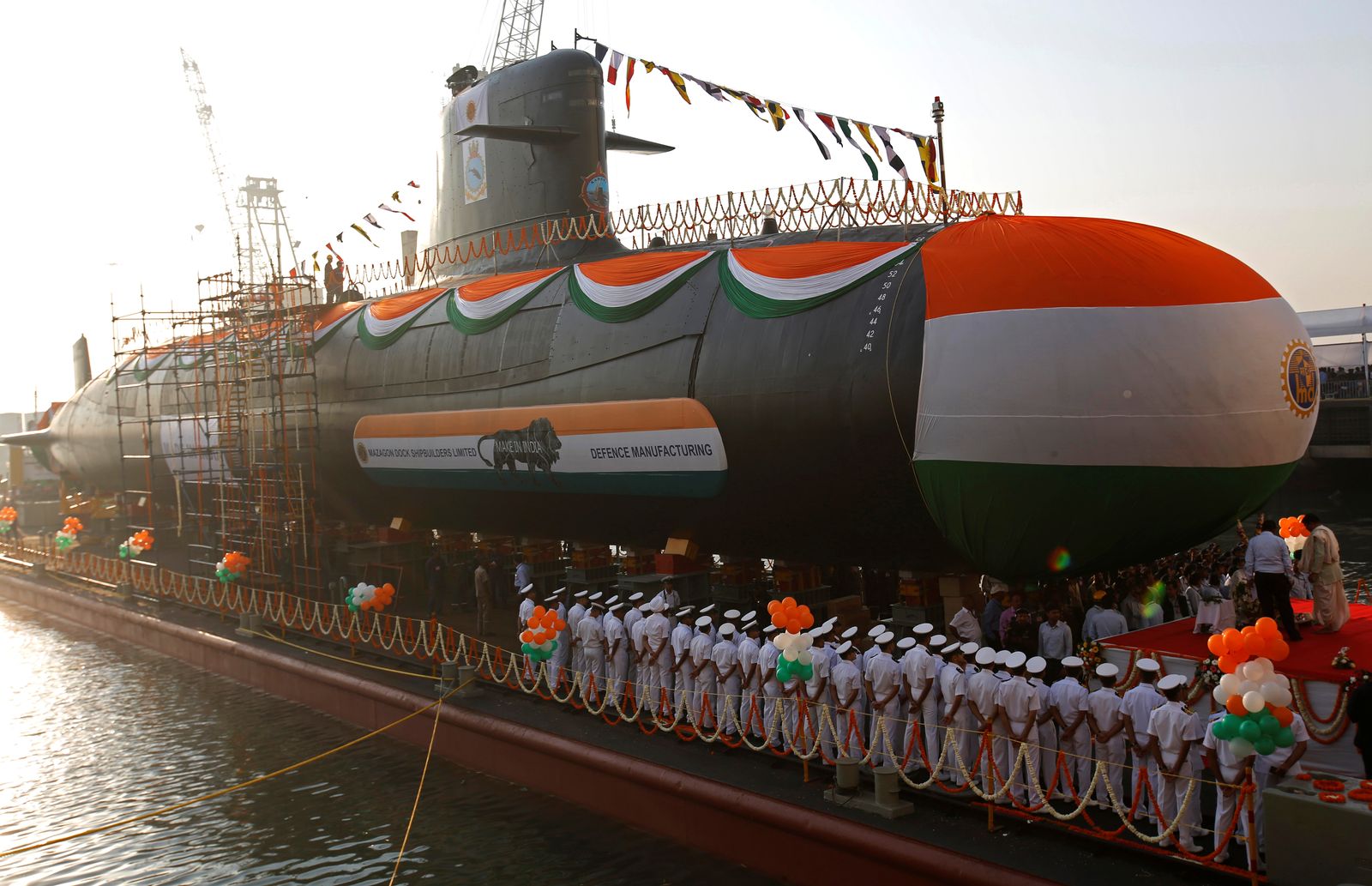Not many people know that one of the most significant components of the Pentagon’s Indo-Pacific strategy lies underneath the surface of the water.
In fact, having submarines armed with nuclear ballistic missiles has become a prime strategy for deterrence in many countries.
In a time where China is in a deep acceleration phase with its nuclear arsenal production, it’s important that Indian submarines are present, offering the country a sense of fortification.
It is well known that China’s long range JL-3 submarine has been underway for quite some time. This cutting-edge piece of military technology will be able to launch nuclear missiles up to 4,000 miles, a range that is so far unprecedented. With this submarine, more regions of the continental U.S. are at greater risk of Chinese attacks.
A few years back, the Indian Navy faced a devastating incident, in which one of their nuclear armed submarines was almost lost. In 2018, a navy crew member on the INS Arihant accidentally left the submarine’s patch open, flooding the propulsion system. After the incident, the navy was unable to operate the submarine for nearly 10 months.
A spokesperson for the Indian Navy explained how the incident caused nearly a year worth of grueling repairs. “It was quite a terrible experience for the first-ever Indian nuclear-powered submarine,” they noted. “One of the crew members left the patch open, exposing the propulsion component to seawater. We had to completely gut and replace numerous pipes in what we called the ‘clean up’ operation.”
According to an NTI report on the Indian nuclear submarine’s capabilities, however, by November of 2018, the boat was back on patrol.
Getting the submarine back in the water was very significant for India, as it was the beginning of what is now a small emerging fleet of nuclear-armed submarines. There are now plans in the works for the Indian Navy to produce four nuclear-armed submarines with ballistic missiles. Of the four, three will be able to fire K-4 submarine-launched ballistic missiles (SLBMs) with 3,500km ranges.
Certain parts of India bordering the Indian Ocean are at risk from China’s mainland, and these missiles are capable of holding those targets. With new nuclear-armed ballistic missile submarines from the Indian Navy, the country could also deter China in the Indo-Pacific region.
This is especially important, considering the fact that we have yet to see the deployment of new Columbia-class submarines from the U.S. Navy.
These Columbia-class submarines have been in the works for quite some time, as the current Ohio-class submarines have reached their service lifetimes.
With an ever-expanding arsenal of nuclear weapons in China, having a strong and allied undersea deterrent is more necessary now than ever. Over the past few years, the People’s Liberation Army has produced hundreds of missile silos in regions across mainland China and has greatly expanded its undersea nuclear weapons.
According to Navy officials, deterring China from multiple angles is our greatest form of safety.
































